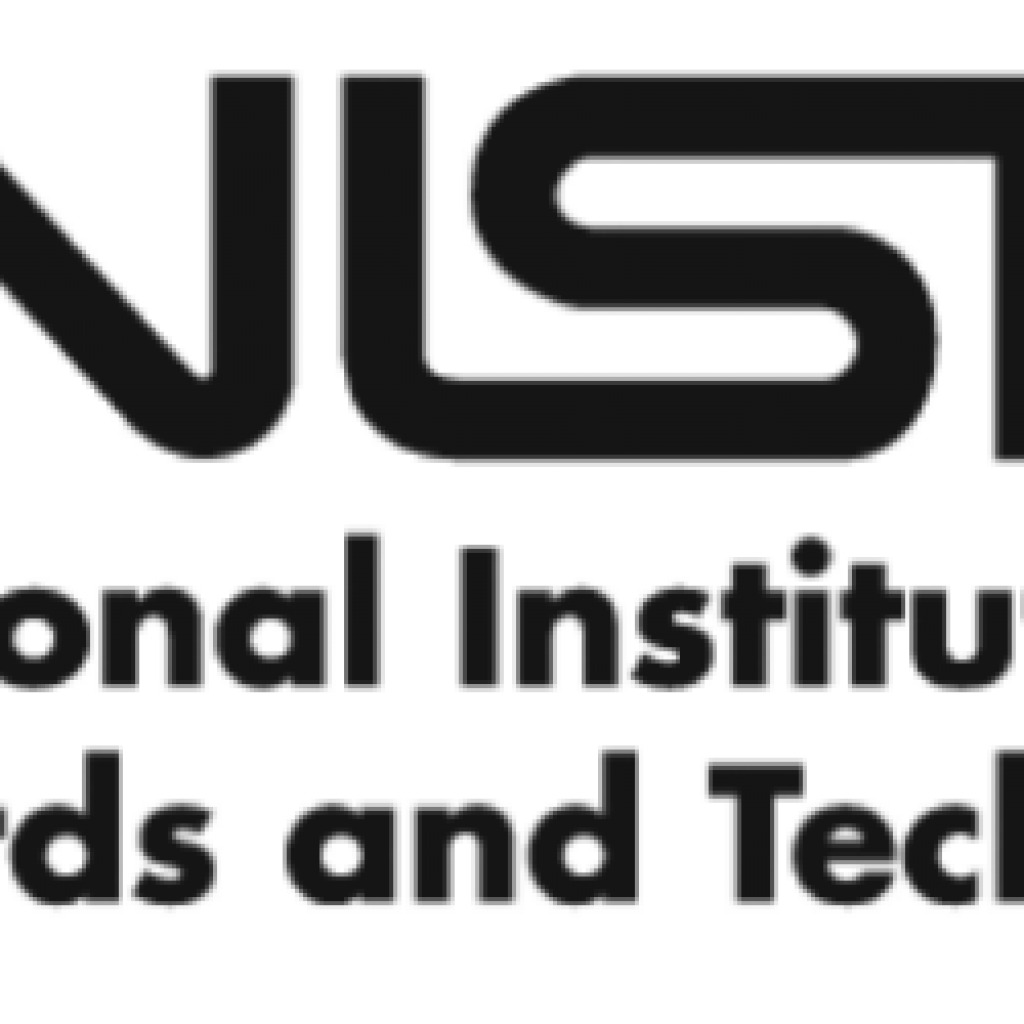(AZoQuantum) Physicists from the National Institute of Standards and Technology (NIST) have been silently enhancing the design of their quantum logic clock for the past eight years to minimize errors caused by the undesirable motion of the single aluminum ion (electrically charged atom) that offers the clock “ticks.”
The logic clock will now not gain or lose one second in 33 billion years, which is nearly two-and-a-half times the predicted age of the universe. In this system of measurement, it currently outperforms both NIST clocks with the help of neutral atoms caught in lattices of laser beams—the strontium lattice clock and the ytterbium lattice clock.
David Leibrandt, Project Leader, National Institute of Standards and Technology explained, “The logic clock’s performance is not surprising to me. Ion clocks are naturally better isolated from the environment—which is the source of inaccuracy for atomic clocks—than lattice clocks are. It’s important to distinguish between precision and stability on this point. People expect that lattice clocks should perform the best in stability, and they currently do. Our newest quantum logic clock is the world leader in precision but not stability.”
NIST Physicists Enhance Quantum Logic Clock to Minimize Errors
